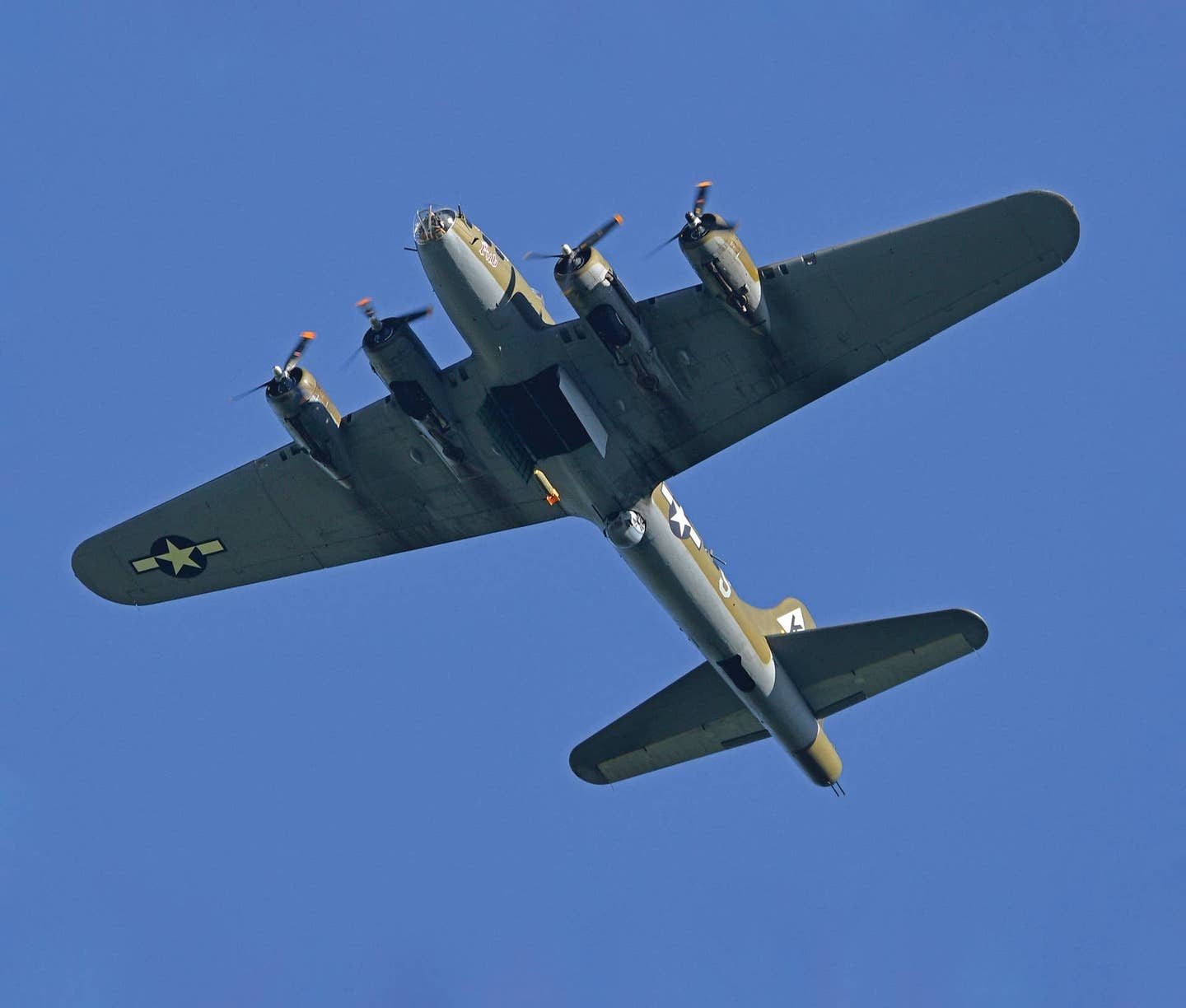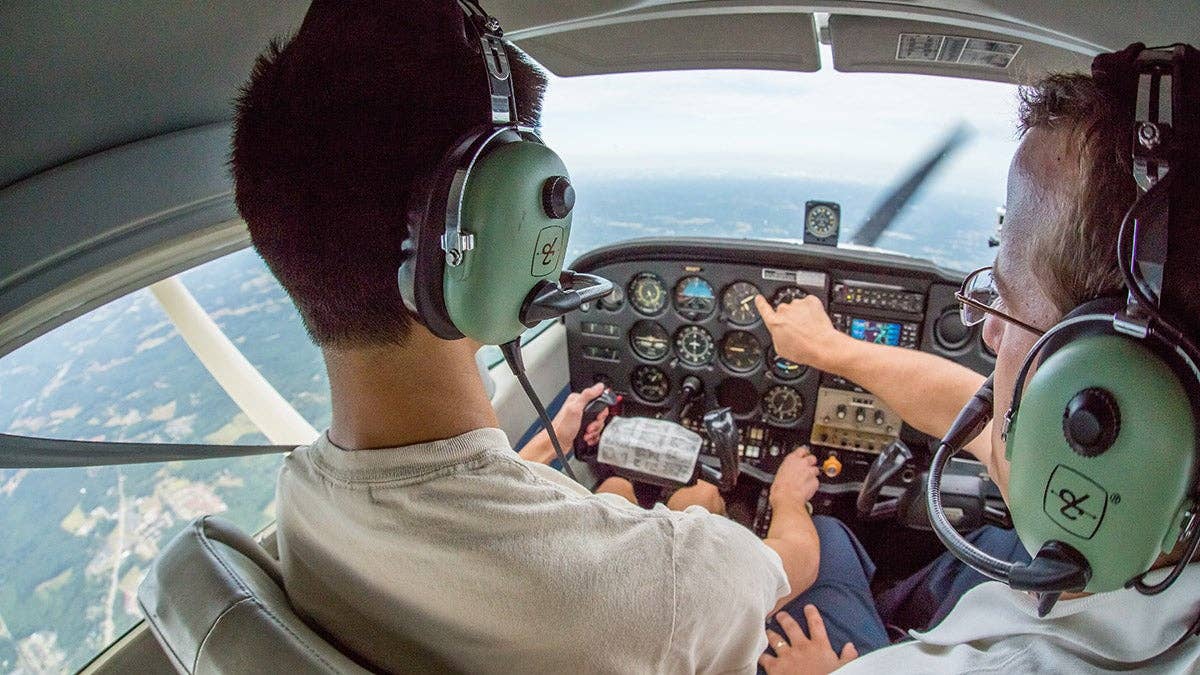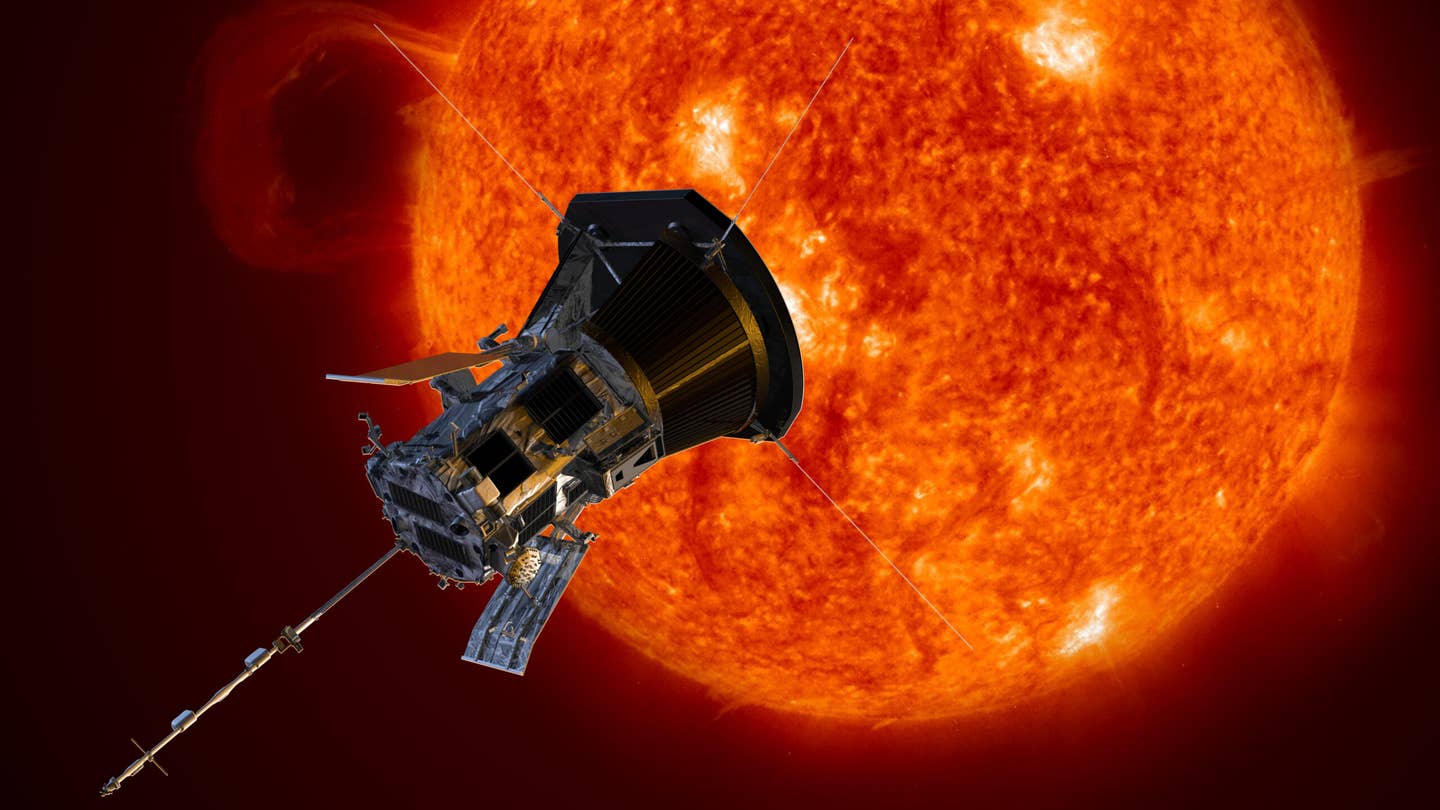
"The next generation of air travel has arrived," according to the FAA in the person of retiring Acting Administrator Robert Sturgell, who gave the go-ahead for ADS-B to go live in South Florida airspace late last year. ADS-B, which is short for Automatic Dependent Surveillance-Broadcast, is a datalink approach to air traffic management. It is the heart of the NextGen air traffic control system and promises to give pilots and controllers new tools to make the airspace safer and more efficient.
The South Florida installation, which consists of 11 ground stations and attendant controller hardware and software, is the first commissioned in the United States, though developmental systems have been in use for almost 10 years in various tests from Alaska to the Eastern Seaboard. The national system, planned to be completed in 2013, will consist of 794 ground station transceivers and will provide coverage everywhere there are radar services today, while adding services in other places where it's hard to install radar hardware, including in the Gulf of Mexico and Alaska.
The commissioning goes hand in hand with an end-of-term executive order signed by then-President Bush in November that mandated an accelerated schedule for NextGen.
Don't expect to see big changes soon -- it will be a while, 2020, before everyone in controlled airspace will be required to have the equipment installed, so until that time there will be a mixed-use airspace environment of those with ADS-B and those without it.
Moreover, the move to ADS-B has its critics, a lot of them, in fact. More than 90 percent of the comments that the FAA received were "non-positive," as the agency put it.
There is no doubt that the new system will save the FAA millions by replacing the majority of its costly and expensive to maintain radar installations. But based on their comments, owners and operators of the aircraft that will use the system have yet to be convinced that the benefits -- including enhanced traffic depictions and weather information in the cockpit -- will be worth the cost. In part, that's because most regular NAS users already have most of those capabilities. And while the FAA makes the case that improved routing and reduced separation through ADS-B will save operators millions, many remain skeptical that this will come to pass.
Owners and operators of small, lower-value airplanes seem to be among the most skeptical, and for what appear to be good reasons. The benefits that they will get from ADS-B are either available elsewhere or simply less attractive to them than to airline and business aircraft operators, and the cost of equipping will be far higher compared to the value of their airplanes.
A final rule is expected late this year or in early 2010.

Sign-up for newsletters & special offers!
Get the latest FLYING stories & special offers delivered directly to your inbox






